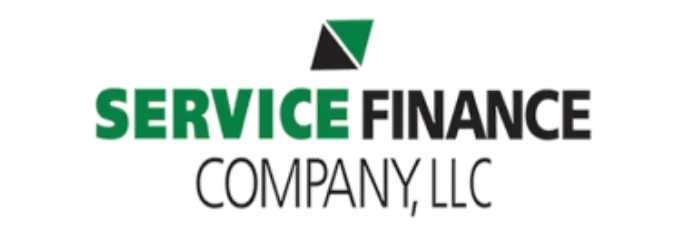When your home's sewer line fails, it's not just an inconvenience - it's a serious problem that demands immediate attention. A damaged sewer line can lead to sewage backups, foundation damage, landscape erosion, and costly repairs that spiral out of control if left unaddressed. Whether you're dealing with tree root intrusion, pipe corrosion, or structural collapse, understanding the sewer line replacement process helps you make informed decisions and work effectively with professionals to restore your home's plumbing system.
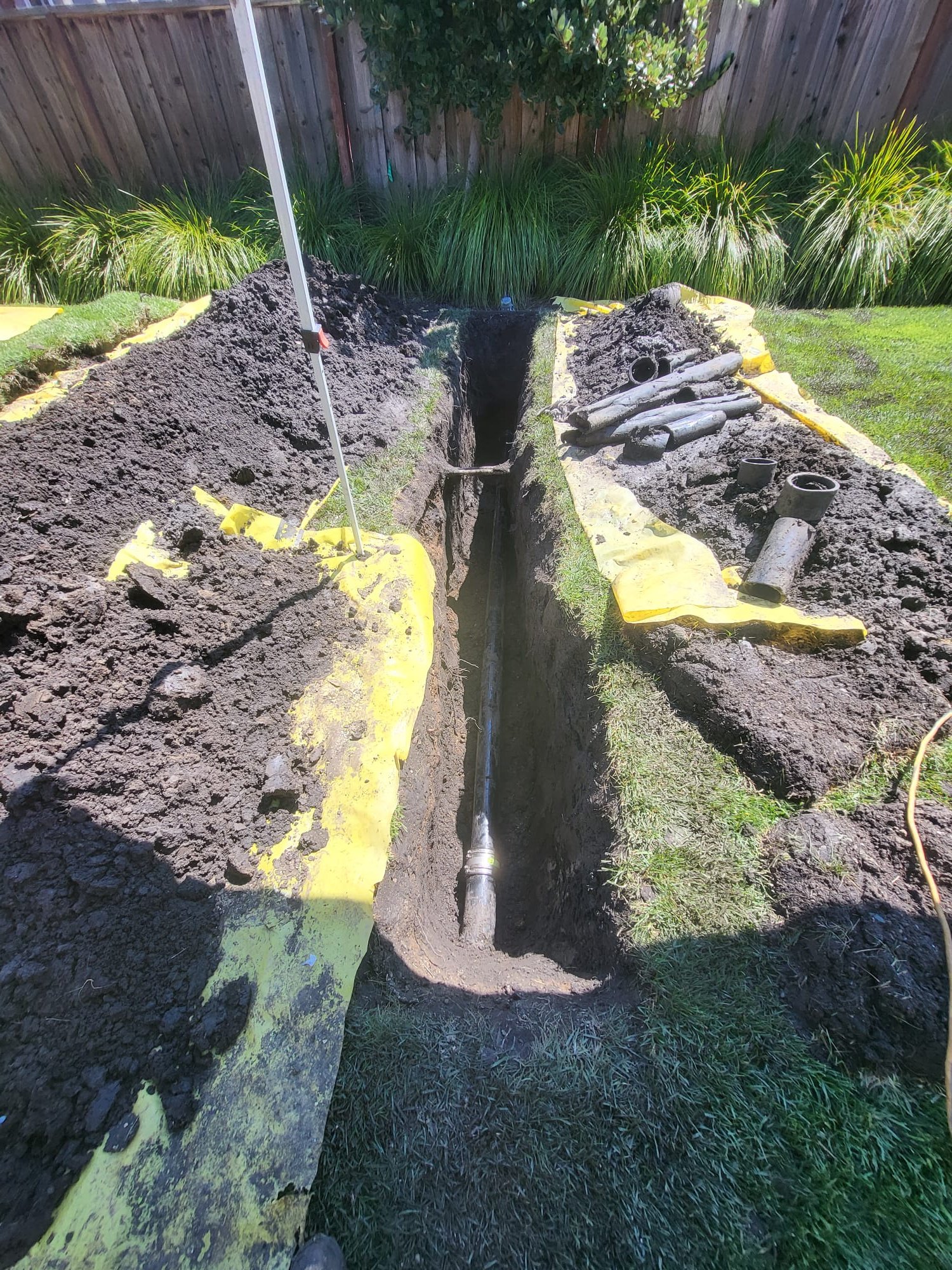
This comprehensive guide walks you through every stage of sewer line replacement, from identifying the problem to post-installation testing. You'll learn about different replacement methods, safety protocols, permit requirements, and maintenance strategies to protect your investment for years to come.
Recognizing When Your Sewer Line Needs Replacement
Before you can address a sewer line problem, you need to know what warning signs to watch for. Early detection prevents catastrophic failures and saves thousands in emergency repairs.
Common indicators of sewer line damage include:
- Multiple slow drains throughout your home that don't respond to plunging or drain cleaning
- Persistent sewage odors in your yard or basement
- Unusually lush patches of grass or soggy areas in your lawn (caused by sewage acting as fertilizer)
- Cracks in your foundation or basement walls
- Rodent or insect infestations near your property
- Gurgling sounds from toilets or drains
- Frequent backups in lower-level fixtures like basement bathrooms or laundry rooms
If you notice any of these signs, don't wait. Contact a licensed plumber to perform a professional inspection. Attempting to diagnose sewer problems yourself can be dangerous and often leads to misdiagnosis, wasting time and money on unnecessary repairs.
Understanding Your Sewer Line Materials
The material of your sewer line affects its lifespan, durability, and replacement approach. Older homes often have clay, cast iron, or Orangeburg pipes - materials that deteriorate over time. Newer installations typically use PVC or HDPE (high-density polyethylene), which last significantly longer.
Clay pipes, common in homes built before the 1970s, are susceptible to root intrusion and collapse. They typically last 50–60 years before requiring replacement.
Cast iron pipes were popular mid-century but corrode from the inside out, especially in acidic soil conditions. Their lifespan is roughly 75–100 years.
Orangeburg pipes, made from wood fiber and pitch, were used from the 1940s through 1970s. They're prone to deterioration and typically fail within 50 years.
PVC pipes are modern, durable, and resistant to corrosion. They can last 100+ years with proper maintenance.
HDPE pipes offer flexibility and durability, making them ideal for trenchless replacement methods. They also last 100+ years.
Understanding your pipe material helps your contractor recommend the best replacement method and material for your specific situation.
Assessing the Extent of Damage
Not every sewer problem requires full replacement. Sometimes targeted repairs suffice. A professional assessment determines whether you need partial repair or complete replacement.
Visual inspection is the first step. Your plumber looks for obvious signs of leaks, cracks, or unusual moisture around your property.
Camera inspection uses specialized equipment to see inside your sewer line. This reveals blockages, cracks, root intrusions, and the overall condition of the pipe. This is the most accurate diagnostic tool available.
Hydrostatic pressure testing detects hidden leaks by filling the sewer line with water and monitoring for pressure drops, indicating where water is escaping.
Soil analysis examines the ground around your sewer line for saturation or erosion patterns that suggest leaks.
Based on these findings, your plumber can recommend whether repair or replacement makes financial and practical sense. Generally, if damage affects more than 50% of your sewer line, full replacement offers better long-term value than patching multiple problem areas.
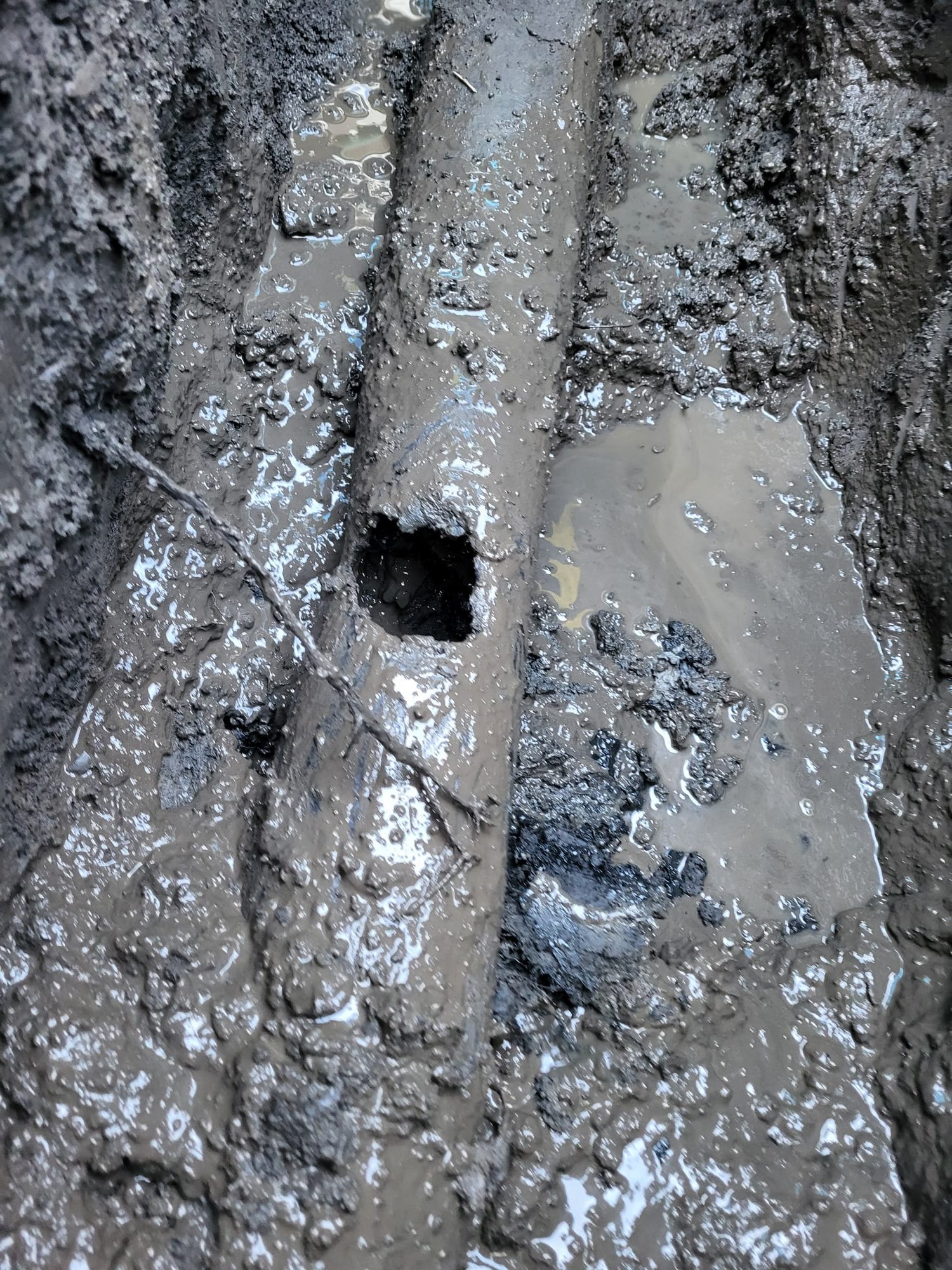
Planning Your Sewer Line Replacement Project
Successful sewer line replacement requires careful planning. Rushing into the project without proper preparation leads to delays, cost overruns, and safety issues.
Consult with professionals first. A licensed plumber assesses your situation, explains your options, and provides detailed cost estimates. They understand local codes and regulations that vary by area, ensuring your project meets all requirements.
Obtain necessary permits. Different jurisdictions have varying permit requirements. Applying early prevents project delays. Your contractor can often handle this process, but verify that permits are secured before work begins.
Establish a realistic budget. Sewer line replacement costs vary widely based on pipe length, replacement method, soil conditions, and local labor rates. Get multiple estimates and understand what's included - labor, materials, site restoration, and unexpected expenses like concrete removal or landscaping repair.
Create a project timeline. Understand how long the work will take. Traditional excavation typically requires 1–3 days, while trenchless methods may take slightly longer depending on pipe length and complexity.
Prepare your property. Clear the area where work will occur by removing outdoor furniture, plants, decorations, and vehicles. Inform neighbors about upcoming work, especially if it might cause noise or affect shared areas.
Notify utility companies. Call 811 (the national call-before-you-dig line) to have utility lines marked before any excavation begins. This prevents accidental damage to gas, electric, water, or telecommunications lines.
Choosing Your Replacement Method
Two primary approaches exist for sewer line replacement: traditional open trench excavation and modern trenchless technology. Each has distinct advantages and limitations.
Open Trench Excavation
This traditional method involves digging a trench along the entire sewer line path to expose and replace the damaged pipe.
The process works like this:
The plumber locates the sewer line and digs a trench deep enough to access the pipe safely. The old pipe is removed in sections. A new pipe is laid in sections and sloped properly for drainage. Sections are fused or sealed together. Lateral pipes from your home are reconnected to the new main line using flexible couplings. Maintenance holes are installed as required. The trench is backfilled with gravel and compacted. The surface is patched or repaved to match the surroundings.
Advantages: This method is reliable, works for severely damaged pipes, and is often the most cost-effective for shorter runs.
Disadvantages: It's highly disruptive, requires significant yard restoration, takes longer, and may damage landscaping, driveways, or patios.
Trenchless Technology: Pipe Bursting
Pipe bursting is the most popular trenchless method for sewer line replacement. It's less invasive and causes minimal disruption to your property.
Here's how pipe bursting works:
The plumber digs small pits at the entry and exit points of the damaged pipe. Bursting equipment is lowered into the entry pit. New HDPE pipe is attached behind the bursting head. The bursting head is launched into the old pipe, breaking it apart as it moves forward. Hydraulic power pushes the head while pulling the new line behind it. Once the head reaches the exit pit, the old pipe has been completely replaced end-to-end. The new pipe is connected to your plumbing system, and the pits are filled and the surface restored.
Advantages: Minimal excavation, less yard disruption, faster completion, and ideal for severely damaged pipes.
Disadvantages: Slightly higher upfront cost, requires adequate space for entry and exit pits, and may not work if the old pipe has collapsed completely.
Trenchless Technology: Pipe Lining
Also called Cured-In-Place Pipe (CIPP), pipe lining creates a new pipe inside your existing damaged pipe without extensive digging.
The pipe lining process involves:
The plumber inspects and cleans the old pipe using hydro-jetting equipment. A flexible liner tube made of absorbent felt fabric is saturated with thermosetting resin. The liner is inserted into the old pipe through an access point like a manhole. An inflatable bladder pushes and holds the liner against the inner walls. Hot water or steam is circulated through hoses to cure and harden the resin, creating a smooth, jointless pipe liner inside the old pipe.
Advantages: Minimal excavation, works for pipes with minor to moderate damage, and preserves your landscape.
Disadvantages: Not suitable for pipes with complete collapse, major offsets, or diameter changes. Requires proper camera inspection beforehand to confirm suitability.
Safety Considerations During Sewer Line Replacement
Sewer work involves serious hazards. Whether you're hiring professionals or considering DIY work, understanding these risks is essential.
Electrical shock can occur if electrical equipment isn't properly grounded or maintained. Water and electricity are a deadly combination.
Disease transmission from waterborne bacteria is a real risk. Technicians must be properly vaccinated, wear appropriate safety gear, and follow all safety guidelines.
Rotating cable hazards can sever fingers, tear tendons, or break wrists. Never wear cloth gloves around rotating equipment. Always maintain proper distance from the pipe opening.
Confined space entry into manholes or underground spaces can be fatal without proper OSHA-compliant procedures and safety equipment.
Heavy lifting injuries result from improper technique or attempting to lift too much weight. Follow National Safety Council guidelines for safe lifting.
High-pressure water exposure from hydro-jetting equipment can cause blindness and permanent injury if proper safety gear isn't worn.
Sewer gases like hydrogen sulfide can cause serious illness or death. Proper ventilation and gas detection equipment are essential.
For homeowners: Avoid direct contact with sewage or contaminated materials. Wear waterproof gloves, boots, and eye protection. Ventilate the area by opening windows and doors. Keep children and pets away from the work area. If you contact sewage, wash immediately with soap and water. Disinfect any contaminated items with a bleach solution.
For professionals: Qualified technicians wear appropriate PPE including gloves, boots, eye protection, and respirators when necessary. They follow confined space entry procedures, use gas detectors to monitor hazardous gases, and employ safe excavation practices to prevent cave-ins.
DIY work is not recommended. Sewer gases, hazardous chemicals, and disease risks make amateur work extremely dangerous. Errors can cause pipe collapse, sewage flooding into your home, and long-term plumbing disasters. Lacking specialized tools like sewer cameras and locating equipment, correctly diagnosing issues proves difficult for amateurs.
Navigating Permits and Local Regulations
Permit requirements vary by jurisdiction, but most areas require permits for sewer line replacement. Working with your contractor streamlines this process.
Research local requirements to understand what permits your project needs. Contact your local building department or ask your contractor about specific regulations in your area.
Apply early to avoid project delays. Ensure all required documents are submitted accurately and completely.
Schedule inspections as required by local authorities. Inspections typically occur before work begins, during the replacement, and after completion to verify compliance with local codes.
Comply with building codes to ensure safety and prevent future legal issues. Your contractor should be familiar with these requirements and build them into the project plan.
Coordinate with utility companies by notifying them about the replacement work. Have utility lines marked before excavation to avoid accidental damage and ensure safety.
Post-Replacement Inspection and Testing
After your new sewer line is installed, thorough inspection and testing confirm the project's success and the system's functionality.
Visual inspection checks for leaks, improper connections, or misalignment. Your plumber conducts a thorough visual check of all connections and the new pipe.
Camera inspection uses a sewer camera to inspect the interior of the new sewer line for potential blockages or defects.
Water flow testing runs water through the system to check for proper flow and ensure the new line handles water efficiently without backups.
Leak detection conducts tests to detect any leaks, ensuring all connections are secure and the line functions as intended.
Compliance verification confirms that the replacement meets all code requirements and standards set by local authorities.
Project documentation should be kept for your records. Detailed documentation of inspections, tests, and any corrective actions proves valuable for future maintenance and potential warranty claims.
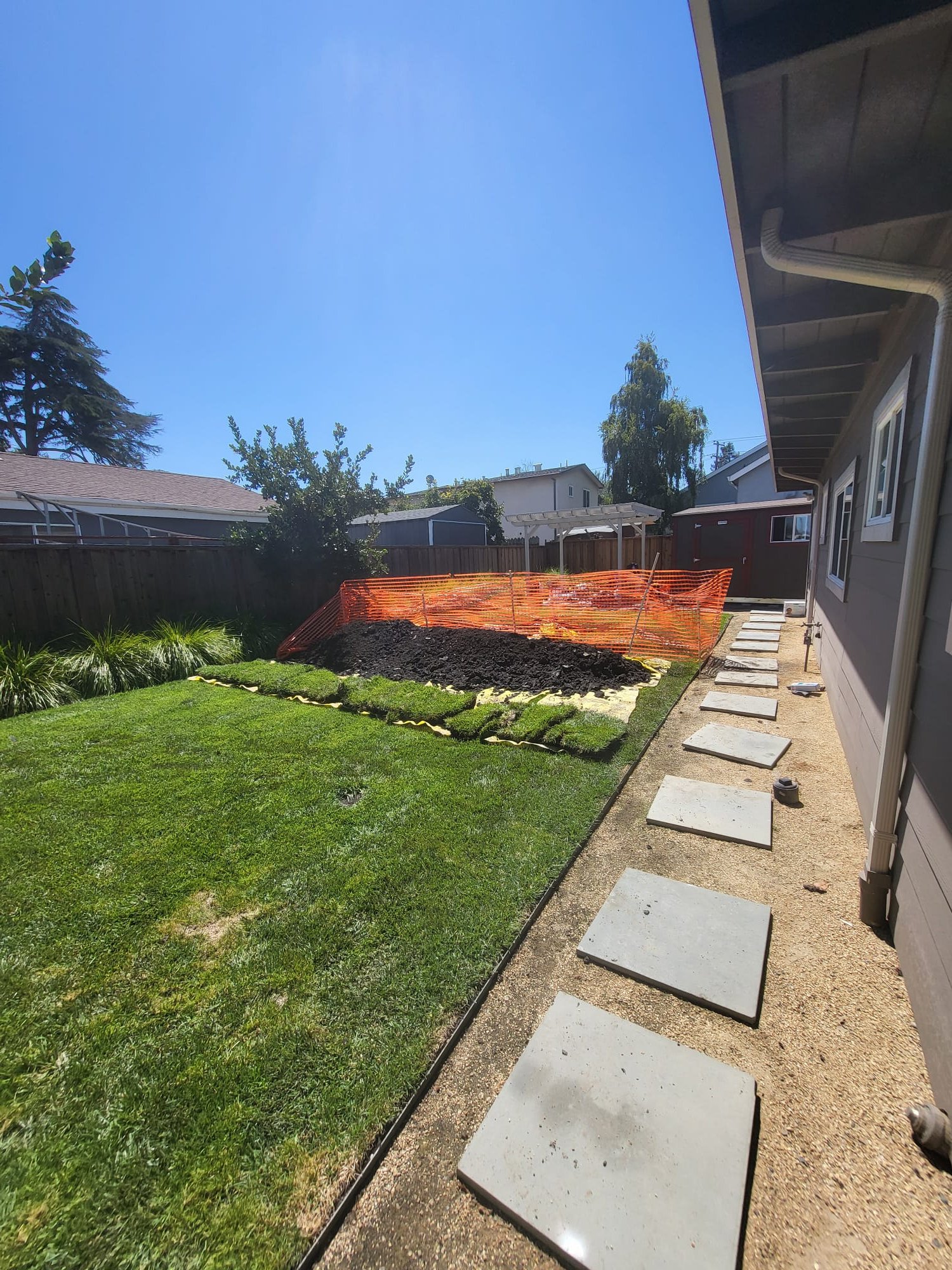
Protecting Your Investment: Long-Term Maintenance
Your new sewer line will last decades with proper maintenance. Preventive care protects your investment and prevents costly future repairs.
Schedule regular inspections every 3–5 years to catch potential problems early. Professional camera inspections reveal developing issues before they become emergencies.
Keep drains clear by avoiding flushing inappropriate items. Never flush wipes, diapers, sanitary products, or other non-biodegradable materials. These items don't dissolve and cause blockages.
Manage grease carefully. Never pour grease or oil down drains. These substances harden inside pipes, leading to serious blockages. Dispose of grease in the trash instead.
Monitor tree roots near your sewer line. Consider root barriers or chemical root inhibitors if trees are close to your line. These treatments halt root growth within pipes, protecting them from damage.
Use drain catchers in sinks and showers to prevent unwanted debris from entering the drainage system.
Practice proper waste disposal by treating your sewer system with care. What you flush affects your entire system's health.
Consider hydro-jetting periodically. Professional hydro-jetting keeps your sewer line clear of debris and buildup, maintaining optimal flow.
Working with Qualified Professionals
Your sewer line replacement's success depends heavily on choosing the right contractor. Visit our rates page to learn more about professional sewer line replacements, inspections and plumbing solutions.
Look for licensed, bonded, and insured contractors with specific sewer line experience. Always verify credentials before signing any contracts. Ask for proof of licensing, bonding, and insurance coverage.
Check references and reviews from previous customers. Ask about their experience with similar projects and satisfaction with the work.
Get multiple estimates from different contractors. Compare what's included in each estimate - labor, materials, site restoration, and contingencies for unexpected issues.
Ask about warranties on both materials and workmanship. Understand what's covered and for how long.
Verify permit handling. Confirm that your contractor will obtain necessary permits and coordinate with local authorities.
Understand the timeline and what to expect during the project. Ask about potential disruptions to water service, yard access, and noise levels.
Moving Forward with Confidence
Sewer line replacement is a significant undertaking, but understanding the process removes much of the mystery and anxiety. From identifying the problem through post-installation testing and long-term maintenance, each step plays a crucial role in ensuring your new sewer line performs reliably for decades.
The key to success is working with qualified professionals who understand local regulations, employ proper safety protocols, and use quality materials. Don't attempt this work yourself - the risks far outweigh any potential savings. Instead, invest in professional expertise that protects your home, your family, and your property value.
If you're experiencing sewer line problems or want to learn more about your options, contact a licensed plumber in your area for a professional assessment. With the right approach and professional guidance, you can restore your home's plumbing system and enjoy peace of mind knowing your sewer line is functioning safely and efficiently. Explore how professional plumbing services can help you address your sewer line needs with confidence.
Super Brothers Quality
Choose Super Brothers Plumbing Heating & Air because we use top-tier materials, deliver honest workmanship, and back every job with a real warranty. Our pricing is fair and transparent—no hidden fees, ever.
We pull the right permits, build to California code, and pass inspection. Our licensed, highly experienced team handles full plumbing and heating/air replacements and installations, so the job’s done right the first time.
- Top-tier materials
- Honest, quality service
- Workmanship warranty
- Fair, transparent pricing (no hidden fees)
- Permits handled; California code compliant; passes inspection
- Licensed & experienced in plumbing and HVAC installs

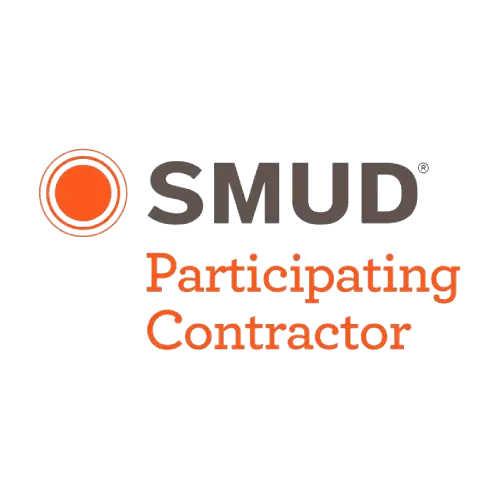

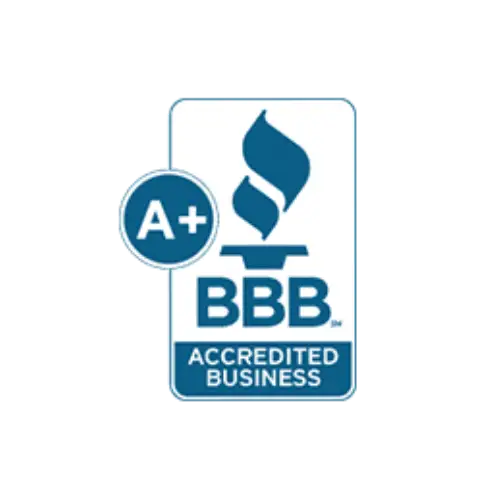
Refer Friends, Reap Rewards

Share our expert plumbing services with friends and family. For every successful referral, you earn cash rewards. Refer Now



